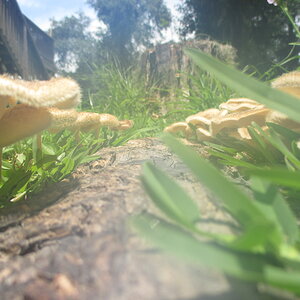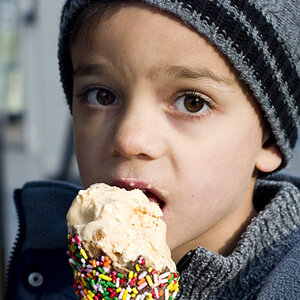charlestonmom
TPF Noob!
- Joined
- May 17, 2009
- Messages
- 2
- Reaction score
- 0
- Can others edit my Photos
- Photos OK to edit
I have a few general questions....
I recently purchased a Canon Rebel XT, and I got the kit lens....I am in the process of selling it, but have bought a 1.8 mm f/1.8 and 17-85 mm f/4-5.6.....I am wondering what accessories are important to have....
Filters?? - How do they affect/ change your pictures - what are the advantages of using them?
Is the lens hood just to protect the lens?? Does it affect the picture in any way?
and....Is an alternate flash a must? What are the advantages over the built-in flash? What is the best one to get, for the price (for a beginner)????
THANKS!
I recently purchased a Canon Rebel XT, and I got the kit lens....I am in the process of selling it, but have bought a 1.8 mm f/1.8 and 17-85 mm f/4-5.6.....I am wondering what accessories are important to have....
Filters?? - How do they affect/ change your pictures - what are the advantages of using them?
Is the lens hood just to protect the lens?? Does it affect the picture in any way?
and....Is an alternate flash a must? What are the advantages over the built-in flash? What is the best one to get, for the price (for a beginner)????
THANKS!


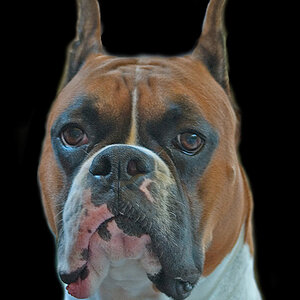
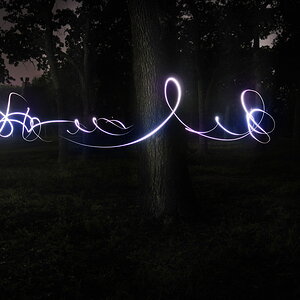
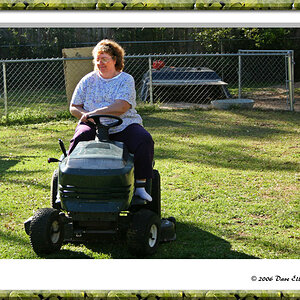
![[No title]](/data/xfmg/thumbnail/36/36100-56ca0f8143ffca369fbf5f3dfe9cabd4.jpg?1619737343)
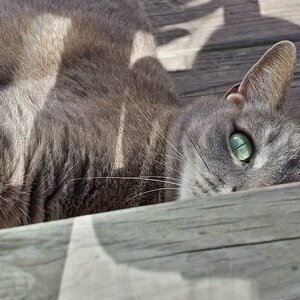
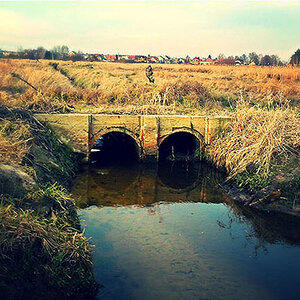
![[No title]](/data/xfmg/thumbnail/42/42456-a5a32b76e115de404d99d09173cd71f2.jpg?1619740191)
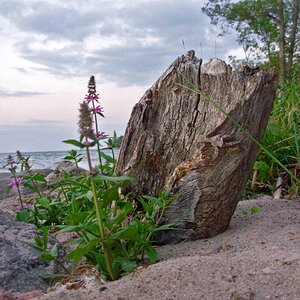
![[No title]](/data/xfmg/thumbnail/42/42458-8274869c9294d2f0655f80c8f0e6048c.jpg?1619740191)
![[No title]](/data/xfmg/thumbnail/36/36099-feb952513e45dbf9f061ab28c1dc1121.jpg?1619737342)
